In 1988, Microsoft’s Paul Maritz wrote an email to a colleague urging him to test a new operating system on the company’s own internal network. The subject line? “Eating our own dog food.
Dogfooding, as it’s now known, doesn’t mean stealing Fluffy’s meal (though one apocryphal story does have the head of a pet food company eating a can of dog chow at annual shareholders’ meetings). It simply means using your own product.
There’s a reason that dogfooding became the buzzword it is today: What better reason to launch a business than to create a change you’d like to see? I started Jotform because I wanted an easier way to build custom forms, which were in constant demand at the media company where I worked as a programmer.
Fifteen years, dozens of employees and millions of users later, we still eat our own dog food—and I recommend you do, too.
Dogfooding creates a sense of purpose
Using your own products isn’t just valuable for ironing out problems and making sure they’re up to snuff. It’s also a great way to build cohesion within your own team.
Writing for Forbes, entrepreneur Russ Fradin explains that before his company began eating its own dog food, his employees were clearly struggling to connect with their product’s mission. Without context for what they were building, marketing and selling, it was hard for them to care, which was reflected by a decrease in productivity.
That, he says, changed once everyone began actually using the product. “Since then, our team members from top to bottom are more engaged with their work and have a true understanding of the reasons behind our operations,” he writes.
Beyond the obvious desire to see your company flourish, having a personal stake in your offerings can help you persevere when things are tough. Your passion for your business will shine through, and entice others to get on board, as well.
Not everything is suitable for dogfooding—pharmaceuticals and medical devices are just a couple examples. But in many cases, teams that have a hands-on understanding of the company’s products have a stronger sense of purpose than those who don’t.
Think like a customer
Thinking like a customer is the easiest advice to give and the hardest advice to take. But it does wonders if you manage to make it part of your company culture. Take Jotform. Today, we are launching our newest product, Jotform Apps, which will allow users to create their own branded apps without having to code. We came up with the idea because we needed an easy, non-technical way for different Jotform departments to gather information that’s useful to them: Our Jotform HR app, for example, allows the HR team to collect annual reviews from team leaders, employee referral forms, and time-off requests for part-time employees. Our Marketing app gives the marketing team a way to organize requests for copywriting, video production and social media. We’ve even got an app for our company basketball team, which keeps track of requests to join, who’s attending practice, and jersey orders.
One of the hazards of scratching your own itch, so to speak, is that an engineer or designer’s needs may not be that of the average consumer. Engaging different corners of your company, like HR and marketing, lets people with totally different skill sets and frames of reference test the product and contribute their thoughts on what improvements can be made.
Embracing feedback is an ongoing process—once your product hits the market, you’ll be presented with new opportunities and directions you’d likely not thought of on your own. This insight is extremely valuable—use it to help your business grow.
Do your research
To be clear, recognizing a need is a good first step toward creating a viable product. But it’s not everything.
One origin story memorialized in startup lore is that of Netflix. Allegedly, CEO Reed Hastings came up with the idea after he got slapped with a $40 fine for failing to return a copy of Apollo 13 to his local Blockbuster on time. It’s a classic example of scratching your own itch—or at least it would be, if it were true.
The reality, according to Netflix co-founder Marc Randolph, is much less sexy. Yes, there was an overdue video. But the streaming service didn’t come into being thanks to a flash of divine inspiration—Randolph and Hastings very specifically wanted to create “the Amazon.com of something,” and many, many ideas were pitched in the course of deciding what that “something” would be. Shipping DVDs was a good option because they were portable, strong enough to put in the mail, and appealing for customers to buy online.
Before you charge head-first into creating a business based on your own experience, you have to do some research. Is there a demand—beyond you—for what you’re offering? Does it already exist? Is it viable? Address all of these questions before you take the plunge. In his book, “That Will Never Work: The Birth of Netflix and the Amazing Life of an Idea,” Randolph admits that he poured hours into working on ideas. “Ideas I thought were better than the idea that eventually—after months of research, hundreds of hours of discussion, and marathon meetings in a family restaurant—became Netflix.”
Mind the performance gap
When creating something to suit your own needs, it’s important to take note of what’s already on the market. As N. Taylor Thompson writes for Harvard Business Review, “an itch can result from two very different sources: existing products lacking the performance you need, or a lack of products to solve your problem.”
Founding a business around a performance gap is very different from founding one around a product void. Thompson points to VR company Oculus as an example of the former, explaining that the emergence of the company gave existing platforms like X-Box and PlayStation incentive to step up their game. Entering the market was a risky move; one that ultimately paid off because Facebook acquired the company intending to target a totally different audience—non-gamers—than Oculus originally sought.
If your product is aimed at filling a performance gap, beware: Your idea may just be making the competition stronger.
Both dogfooding and scratching your own itch are built around one central premise: You’re building the products you want to see in the world. And if you want to see it, there’s a good chance others do, too. Neither are a golden ticket to automatic success. But they do provide a solid foundation to build from.



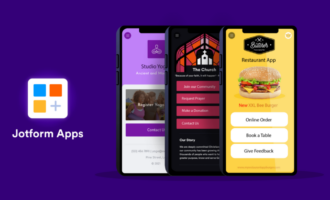

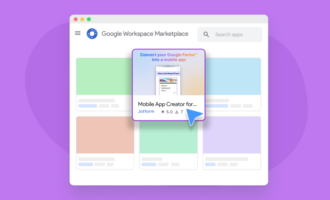





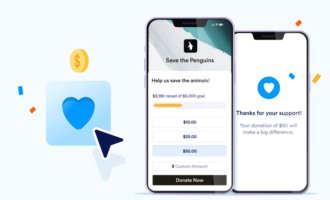
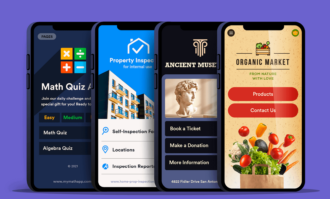



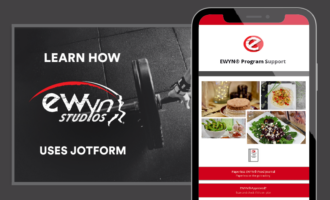


Send Comment: